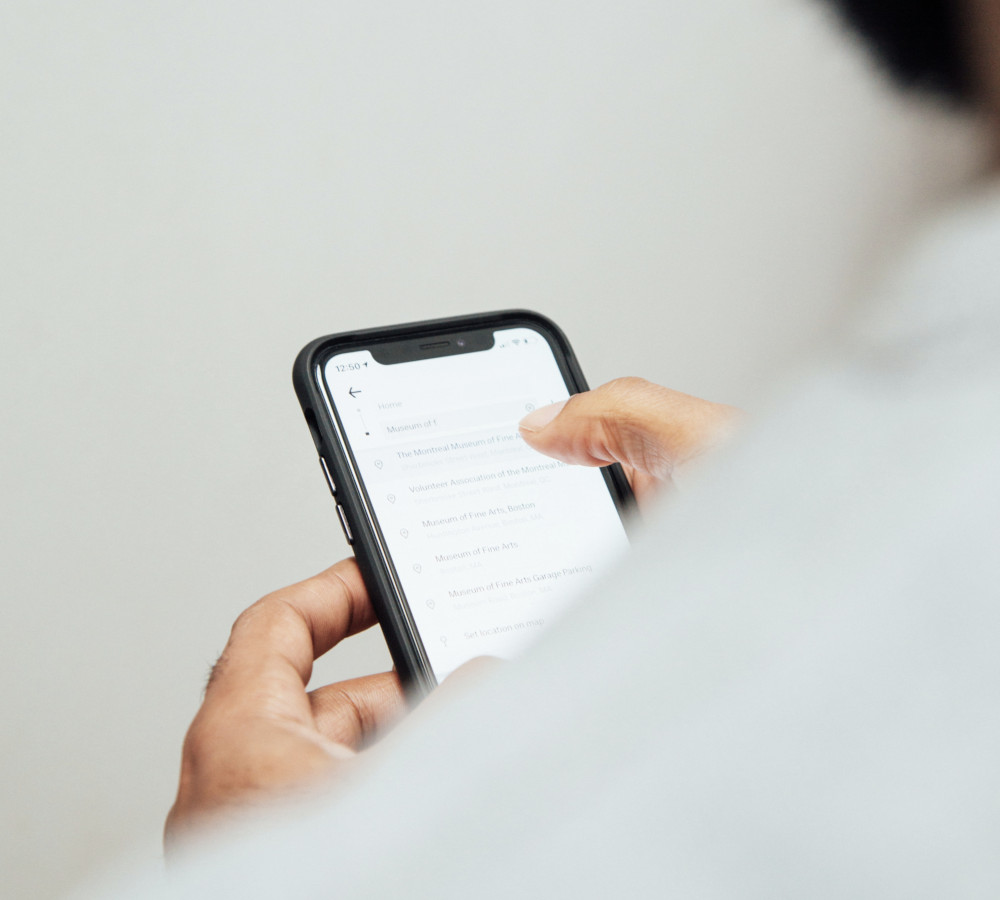A quick word about ethnographic research…
Any marketer trying to “walk in the shoes” of the individual they are trying to market to – how they think, how they feel, why they do the things they do – has either used, or at least heard about, ethnographic research and the significant contribution it can make to understanding the customer at a very deep level.
What is ethnographic research? In the simplest of terms, ethnography involves observing customers in their own environment using products and services. Typically, the research ethnographer captures different types of qualitative inputs which could include notes and videos of the customer’s actions/behaviors; how they use a particular product; any problems or challenges they have doing so; and identification of certain needs that aren’t being met. These are often accompanied by contextual interviews where the researcher can ask customers questions to better understand their behaviors and WHY they do the things they do.
Ethnographic research enables marketers to TRULY understand their customers “where they are”, in their own environment. These are powerful insights that can be used to inform brand positioning, value proposition and messaging, as well as innovation.
Sounds great, so what’s the problem?!
Well, there aren’t any “problems”, but there are practical challenges to executing ethnographic research:
- It can take a lot of time and money, and often both, to execute – traditionally, it requires the ethnographer to physically be with the customer, in their own location/environment. To capture enough “data points” to be meaningful (and credible), usually requires observing customers in multiple locations that can be widely dispersed unless the target market is very centralized geographically.
- It provides a limiting perspective – even if there is time and budget, it’s usually impractical to go to enough locations to feel like you have a fully “representative” view of your market.
- It can be hard to execute – consumer and business respondents can be fickle about giving access to their “inner world”, particularly if they feel like someone is watching over or inspecting them.
Are there any viable alternatives to address these challenges?
You bet! Not surprisingly, they involve better leveraging technology, and mobile applications specifically. Over the past couple of years, we have increasingly used easy-to-install and easy-to-use mobile applications to overcome some of the practical challenges of traditional ethnographic research. Often times, we leverage these tools in combination with more traditional techniques such as focus groups or in-depths, and the results are compelling. Here’s what we did for one client recently.
Consumer Case Study
Our client was repositioning an entertainment/gaming product that yielded different prize levels you could win depending on the result of the game. The main objective of the research was to figure out how to best position the game in a saturated market with a clear and compelling value proposition. We chose to use a combination of ethnographic and in-person focus group research to accomplish this objective.
Ethnographic research (with a contextual interview component) would allow us to “walk in the consumers’ shoes” and understand their attitudes, behaviors, and underlying emotions playing the game at a far deeper and more intimate level than could be achieved in a focus group setting alone. Focus groups with these same ethnographic respondents followed to further understand their attitudes and behaviors and to cover additional areas we needed to explore in the research.
A quick synopsis of how this worked:
- First, we recruited consumers to research that included two components – 1) “activities” asking them to complete over the course of a week using a mobile app in their own environment/home (ethnographic component), and 2) an in-person focus group held the week after.
- Respondents then downloaded a mobile app designed for ethnographic research that let them submit pictures, video, audio and written commentary to a secure online portal dedicated to the study. For this study we used the EthOS mobile app, but there are other viable alternatives that can be used as well depending on the situation.
- During the first week after a consumer was recruited, we asked them to complete several “activities” using the mobile app including things such as:
- Make a short profiling video of who they are by answering questions such as what is their own idea of happiness, what they like most about their life, what is their proudest accomplishment, what frustrates them, etc. These submissions were very intimate and personal, usually filmed in their own homes, and allowed us to understand what REALLY made them happy (an important element of the positioning we were looking to understand).
- Submit photos of anything in their life that makes them happy – moments in their life or their family/friend’s lives, things they particularly enjoy, etc. We also asked them to caption each photo explaining why these things made them happy. These submissions again provided a level of depth and intimacy that couldn’t be achieved any other way.
- Make another video of things that worry them and how they cope with these worries. This was to understand the other side of happiness.
- Purchase and play the game two times during the course of the week and submit answers to questions after you’ve played – e.g., how did you feel when you purchased it, how did you feel while you were playing it, what was your reaction after you saw the result, etc.
Examples of some of the actual submissions from the study
- Once these ethnographic “activities” were completed, respondents participated in a traditional, in-person focus group where we were able to dive deeper to understand some of the key themes identified in their submissions and cover additional ground we needed to explore.
There were several benefits to the mobile ethnographic-focus group approach we took:
- Quicker time to insights – the client team was able to view the mobile app submissions in real-time as they came in on a secure, password protected portal. We learned a significant amount in one week alone.
- Lower cost to include an ethnographic component – respondents submitted their responses to us from their own home/environment easily and digitally through the mobile app. No travel was required.
- More insightful focus group sessions – by using photos and videos from the prior week “activities” as stimulus for some of the focus group discussion, we were able to get to a much greater depth of consumer understanding.
- Increases learnings from one study – by including the ethnographic component, we were able to cover much more ground than we would have been able to with focus groups alone.
- More actionable reporting – by embedding select photos, videos, and captions into the report, the research was considered more credible (true “voice of the consumer” input) and the resulting recommendations were accepted by the client team more readily.
- Enhances the overall value of the market research function – we have found that our client’s love mobile ethnography because it takes advantage of technology that is widely available and used, more easily gets their organization closer to the customer, and demonstrates that the market research function is “keeping up with the times”!
-
-
The knock on mobile ethnography is that you are not observing customers in their own environment in the purest sense (you are asking them to do certain things through the “activities”), but we have found that in most cases the aforementioned benefits of a mobile approach far outweigh this downside.
Give it a try and good luck in your own efforts!



